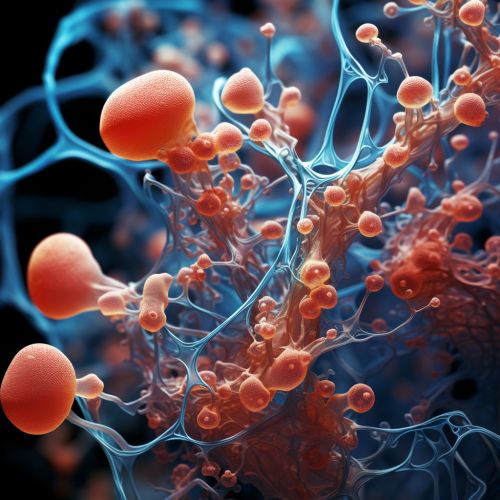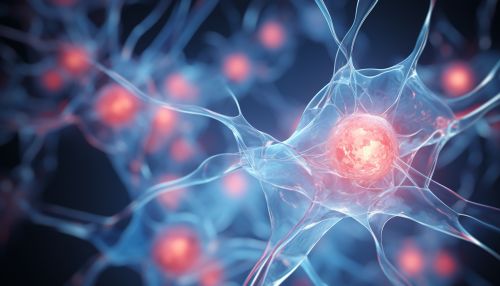Neural Stem Cells
Introduction
Neural stem cells (NSCs) are self-renewing, multipotent cells that generate the neurons and glia of the nervous system of all animals during embryonic developmentEmbryonic Development. Some neural stem cells persist in certain regions of the adult vertebrate brain and continue to produce neurons throughout lifeNeurogenesis.


Characteristics of Neural Stem Cells
Neural stem cells are characterized by their capacity for self-renewal and their ability to differentiate into neurons, astrocytes, and oligodendrocytesAstrocytesOligodendrocytes. These cells are multipotent, meaning they can generate multiple different cell types, but are restricted to those of the nervous system. They are also capable of undergoing asymmetric cell division, a process by which they can produce both a new stem cell and a cell that will differentiate.
Location of Neural Stem Cells
In the adult mammalian brain, neural stem cells are primarily found in two regions: the subventricular zone (SVZ) of the lateral ventricles and the subgranular zone (SGZ) of the dentate gyrus in the hippocampusHippocampus. These regions are the primary sites of adult neurogenesis, the process by which new neurons are generated from neural stem cells.
Neural Stem Cell Differentiation
Neural stem cells differentiate into neurons, astrocytes, and oligodendrocytes through a complex process regulated by both intrinsic and extrinsic factors. Intrinsic factors include the genetic and epigenetic state of the cell, while extrinsic factors include signals from the surrounding environment, such as growth factors and cytokinesGrowth FactorsCytokines.
Neural Stem Cells in Disease and Injury
Neural stem cells have been implicated in a variety of neurological diseases and injuries. In conditions such as stroke and traumatic brain injury, the activation of endogenous neural stem cells can contribute to tissue repair and functional recoveryStrokeTraumatic Brain Injury. However, in neurodegenerative diseases such as Alzheimer's and Parkinson's, the function of neural stem cells may be impaired, contributing to disease progressionAlzheimer's DiseaseParkinson's Disease.
Neural Stem Cells in Research and Therapy
The ability of neural stem cells to self-renew and differentiate into various neural cell types makes them a promising tool for research and potential therapeutic applications. They can be used in vitro to model disease, test drugs, and study fundamental aspects of neural development. In addition, they hold promise for cell replacement therapies in a variety of neurological disorders.
